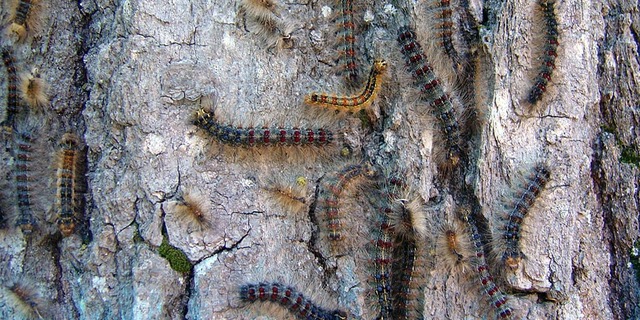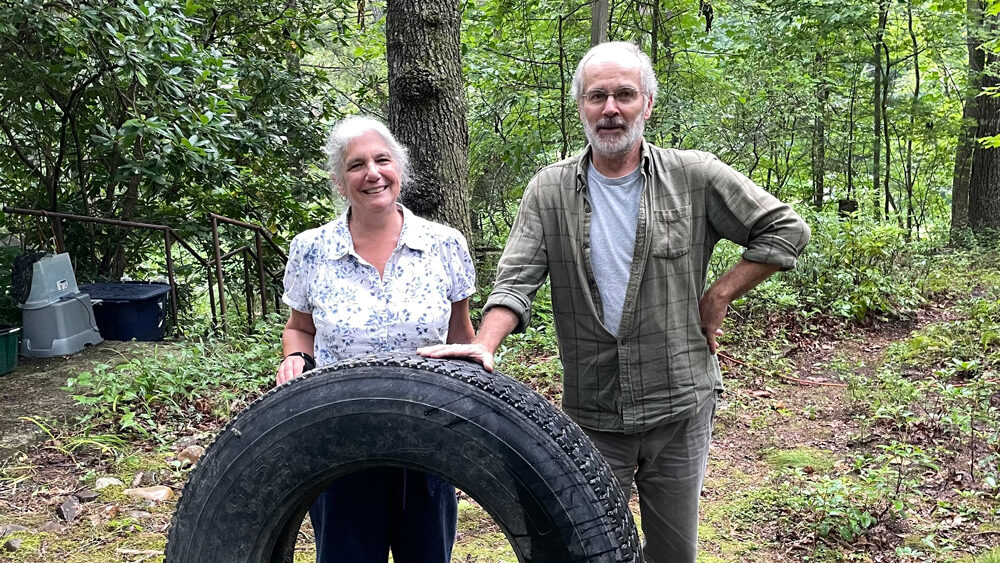
Smart Phone Resources for Navigating the Cacapon River
The smart phone APP, AVENZA, allows users to navigate using preloaded maps on their phones regardless of phone signal availability. The AVENZA website includes buttons for free downloads, an introduction

Video: The Year in Review – 2023
In this short video, we highlight the Friends of Cacapon River activities from river clean up to kayak trips to fly fishing clinics to foot stomping good times at Riverfest.

River Life: Reptiles log into the river
Paddlers on the Cacapon River occasionally enjoy sharing their adventure with Common Merganser ducks and their fuzzy little babies splashing about the river. Or one of the many other families

Spongy Moth and The Impact on our Watershed
The Impact Spongy moth (formerly known as “gypsy moth”) can be found throughout the Cacapon River watershed and has remained in low numbers in the past several years. However, many

Habitat and Heritage
Third in a 6-part series appearing every 2 months about the people in government working to improve and protect the Cacapon River and Lost River Watershed and their love for

River life: Along the Cacapon at Rudolph Farms
Second in a 6-part series appearing every 2 months about the people along the Cacapon/Lost River and their love for the river. “Oh lord, you don’t want to take a

River life: Someone Ott to get those tires!
The Cacapon River is an 81-mile scenic river meandering along forests, farms and cabins through Hardy, Hampshire and Morgan counties. “It’s pretty clean,” said Jim Ott, sitting on his screened

Cacapon Float Trip
The Friends of the Cacapon River partnered again with the Upper Potomac Riverkeeper and guide Mike Dudash in an exciting float from Capon Bridge to the Route 127 bridge. Water

PRKN & Friends Urge Caution on Proposed Campground
Potomac Riverkeeper Network and Friends of the Cacapon River today issued a Position Statement concerning the proposed KOA Campground construction on Rt. 9 west of Berkeley Springs in which they urge Scenic,
